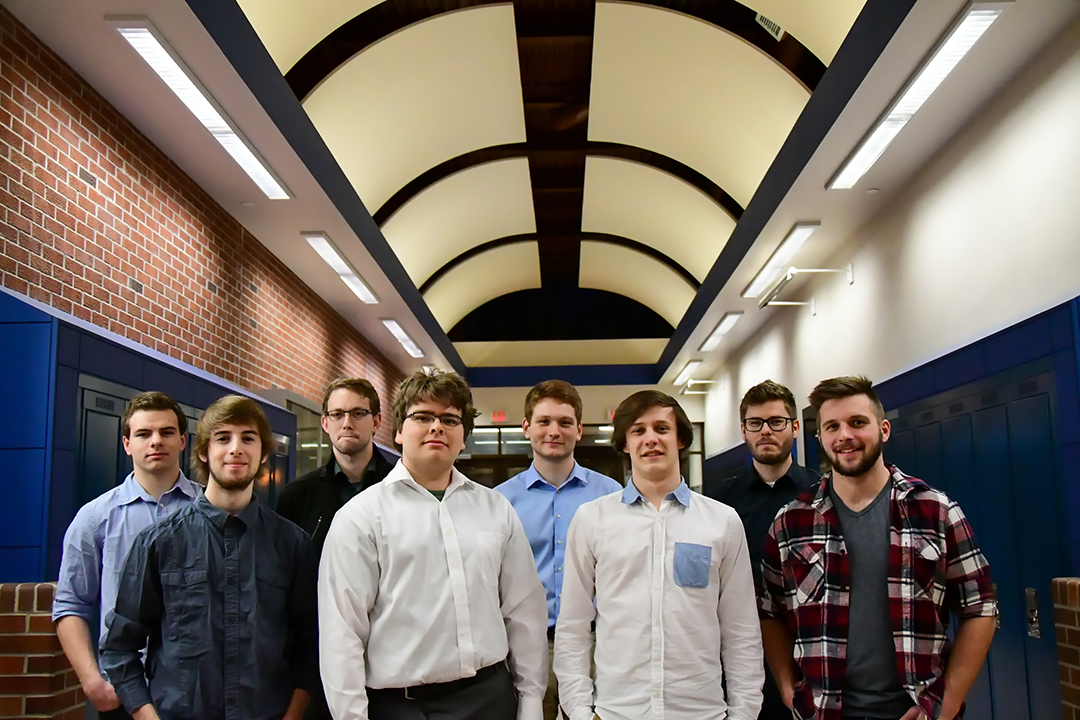
Mining in microgravity
Planetary exploration may be a step closer to reality thanks to a group of stargazing students at the University of Saskatchewan.
By Chris MorinThe University of Saskatchewan Space Design Team (USST) is one of four university teams competing in the Canadian Reduced Gravity Experiment Design Challenge (CAN-RGX) that aim to advance the technologies required for establishing a permanent human base in space.
Members of the U of S team are studying the dynamics of mineral processing in zero gravity – methods that could one day be destined for worlds beyond our own solar system.
"We are studying methods of mineral size separation in micro-gravity environments. Essentially we are trying to create a design that will allow future asteroid miners to process their minerals for use in space,” said USST President Danno Peters.
The experiment, dubbed the Spinning Terrestrial Analog Regolith Filtering Operation eXperiment (STARFOX), was created to test the adaptability of standard mineral screening and filtering methods to microgravity.
Each of the four teams involved in the project will have the opportunity to conduct their experiments in zero gravity via a Falcon 20 research aircraft flying in parabolic arcs. These arcs produce around 20 seconds of microgravity as the plane levels off and begins to dive, followed by a period of increased G-force as the aircraft eases out of the dive and begins to climb. Peters says that the four members of the U of S team completed familiarization flights in Saskatoon at Mitchinson Flight Centre to prepare them for sensation of zero gravity.
"A project like this is not typical for the USST, but the team was well equipped to handle the challenge," said Peters.
The team, which has previously competed The Canadian International Rover Challenge, was one of 29 teams to submit a proposal to Can-RGX. The results of this challenge, which runs from July 31 to August 4, will be presented at various international conferences later this year.
